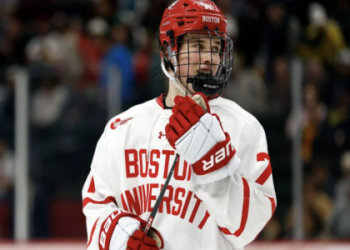Alright, so today I wanted to share a bit about my little experiment with something I’ve been calling “Okuwaki Tennis.” It’s not like some official thing, you know, more like a personal journey trying out some old-school ideas I stumbled upon, mixed with my own spin on things.
How It All Started
So, I was digging through some old tennis forums a while back, the kind that look like they haven’t been updated since the early 2000s. And I kept seeing this name, Okuwaki, pop up in discussions about technique, mostly from really old-timers. There wasn’t much solid info, just bits and pieces about a certain way of approaching footwork and a super focused mental game. Intrigued me, you know? Most stuff you see now is all about power, new racket tech, super fast everything.
I decided, what the heck, let’s try to piece together what this “Okuwaki method” might have been and see if it holds any water today. My own game felt a bit stuck, so I figured a bit of experimentation couldn’t hurt.
My First Steps into “Okuwaki”
First thing I did was try to find some core principles. From what I gathered, it seemed to be less about specific strokes and more about:
- Hyper-awareness of balance: Like, really feeling your weight distribution for every single shot.
- Economical movement: No wasted steps. Every movement purposeful.
- Patience and observation: Really watching the opponent, the ball, the court, everything, before committing. Almost a meditative approach.
So, I hit the court. My first few sessions were… awkward, to say the least. I tried to consciously think about my balance on every shot. You know how hard that is when you’re used to just reacting? I felt slow, clumsy. My buddies at the club were probably wondering if I’d forgotten how to play.
The Nitty-Gritty Practice
I decided to dedicate a few weeks to this. I started with super simple drills. Just hitting crosscourt, focusing on staying perfectly balanced, trying to make my footwork as quiet and efficient as possible. No fancy shots, no trying to blast winners. It was kinda boring sometimes, not gonna lie.
Then I moved on to the “observation” part. I’d play practice sets, but my main goal wasn’t to win, but to see how much I could pick up about my opponent’s habits, their preferred shots, their little tells. This was actually pretty interesting. It forced me to slow down my own thoughts and just watch.
I remember one particular practice match. I was playing against a guy who usually rushes me. Instead of trying to match his pace, I focused on my “Okuwaki” principles. Stayed balanced, watched him like a hawk, tried to anticipate rather than just react. I still lost the set, but something felt different. I wasn’t as frazzled. I felt like I had more time, even though the pace was quick.
What I Found Out
So, after a month or so of this focused practice, what did I learn? Did I suddenly become a tennis god? Nope, not even close. My serve didn’t magically get faster, and my forehand didn’t suddenly develop wicked topspin.
But here’s what did happen:
- My consistency got better. By focusing on balance and efficient movement, I was making fewer unforced errors. A lot fewer.
- I felt less tired after long matches. Less frantic scrambling, more controlled movement.
- My court sense improved. That whole “observation” thing actually started to pay off. I was anticipating shots a bit better, seeing patterns I hadn’t noticed before.
It’s not like this “Okuwaki” approach is some secret weapon. It’s really just a super-focused way of drilling down on the fundamentals that we often overlook when we’re chasing power or flashy shots. It’s about building a solid foundation.
Honestly, it was a bit of a grind. There were days I wanted to just go back to smacking the ball around. But sticking with it, even for a short while, definitely gave me a new perspective on my game. It reminded me that sometimes, going back to basics, really, really basic stuff, can unlock a new level of understanding. So yeah, my little “Okuwaki Tennis” experiment, definitely a worthwhile detour on my tennis journey.















